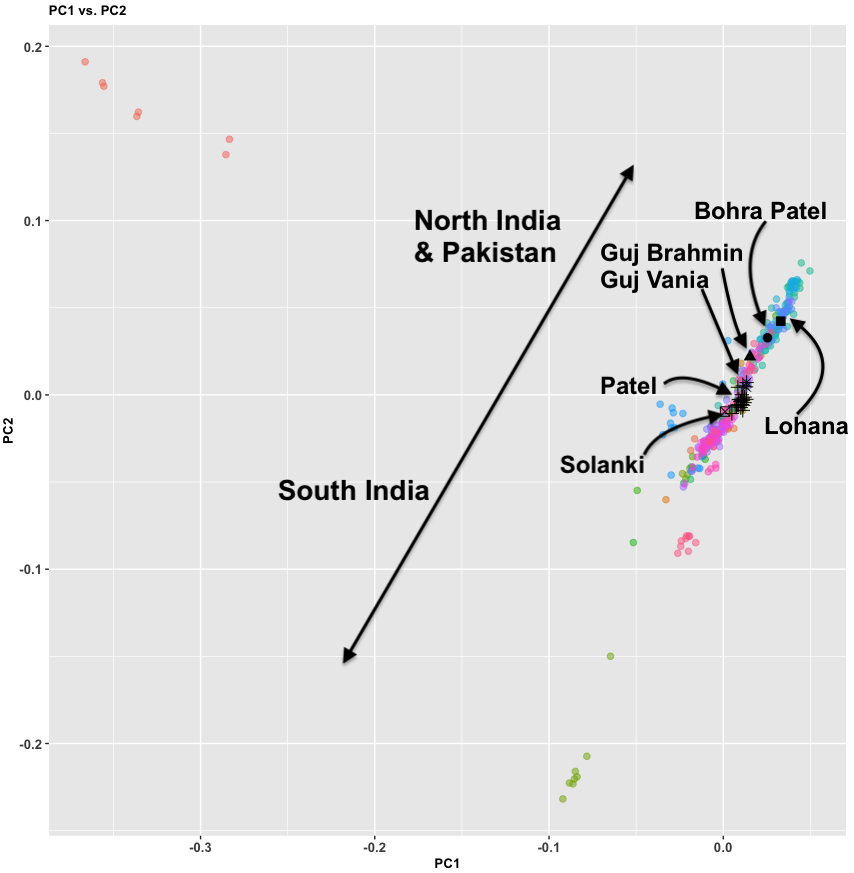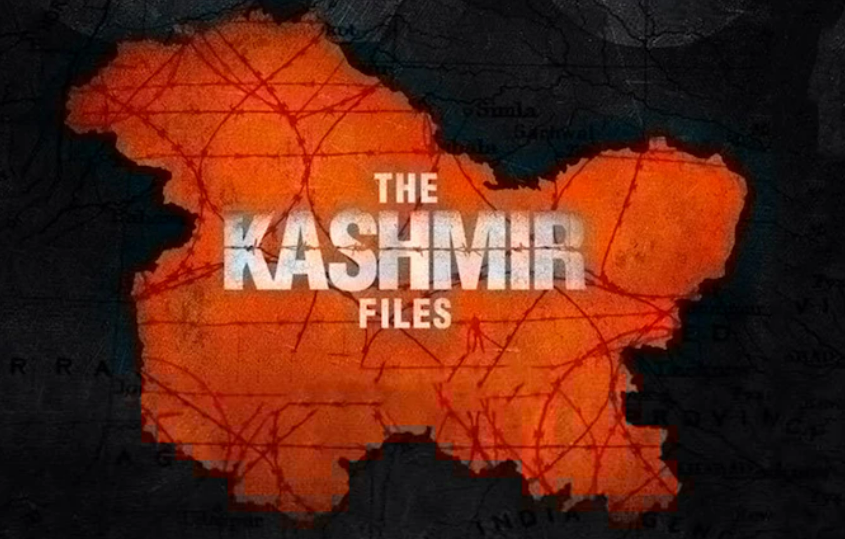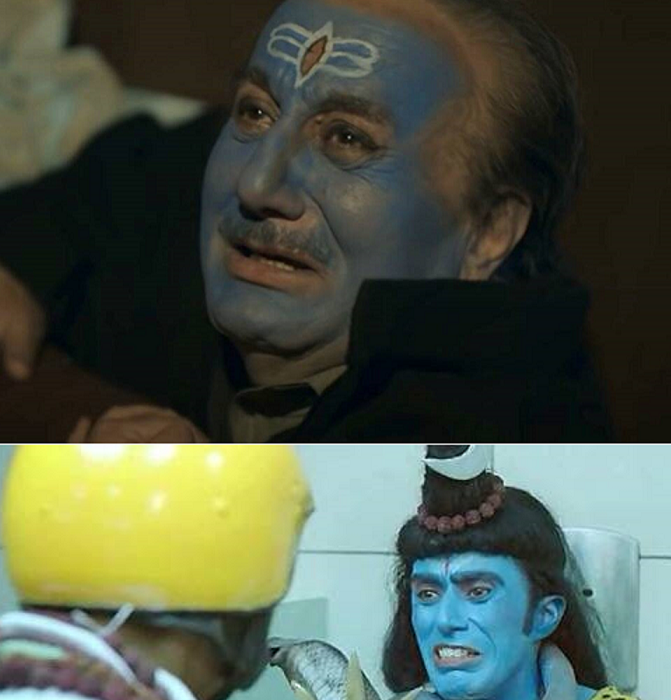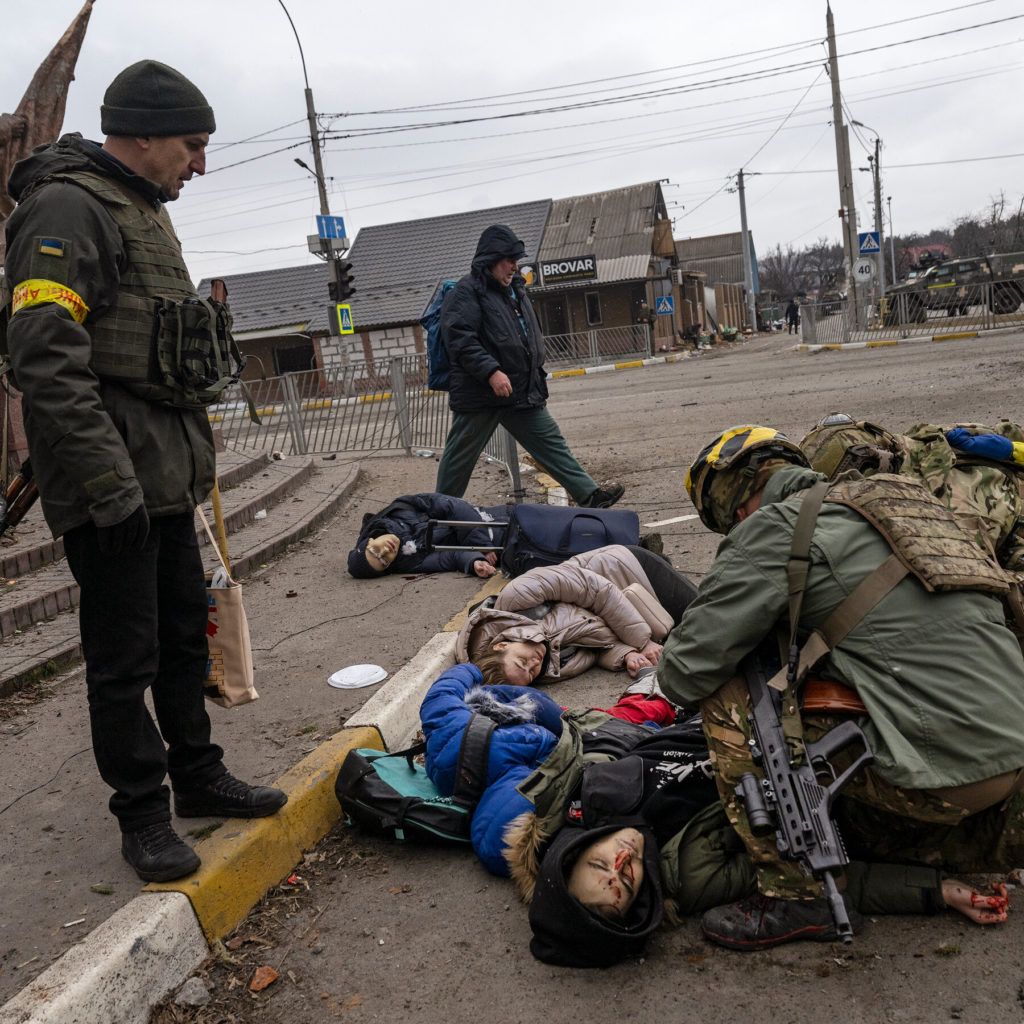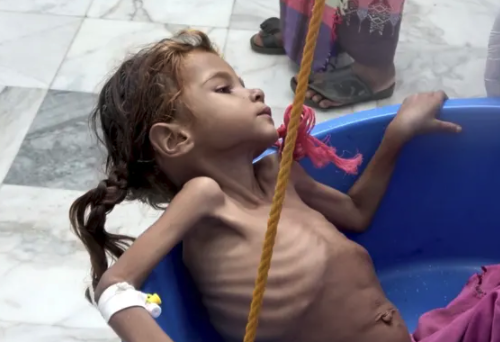Another Browncast is up. You can listen on Libsyn, Apple, Spotify, and Stitcher (and a variety of other platforms). Probably the easiest way to keep up the podcast since we don’t have a regular schedule is to subscribe to one of the links above!
The History of the Indian sub-continent continues. Shrikanth and Maneesh are joined by Jay Vardhan Singh to talk about all things North of the Vindhyas in the period 200 BC to 200 AD. Tales of Bactrians in modern day central India, descendants of King Ashoka and of a king whose name ended up on an unfortunate Aircraft. Kalyan, a suburb of Mumbai, makes an appearance too.
@shrikanth_krish @jayvtweets @maneesht
References and Source Material:
GENERAL BOOKS
1. Between the Empires: Society in India 300 BCE to 400 CE by Patrick Olivelle (Editor)
2. The age of imperial unity (The history and culture of the Indian people Vol 2)
3. Comprehensive History of India Vol.2, The Mauryas and the Satavahanas, Edited by K. A. Nilakanta Sastra
4. Political History of Ancient India, from the Accession of Parikshit to the Extinction of the Gupta Dynasty by Hem Chandra Raychaudhuri
LATER MAURYANS
1. Aśoka and the decline of the Mauryas by Romila Thapar
INDO-GREEKS
1. The Indo-Greeks by A. K. Narain
2. The Greek Experience of India: From Alexander to the Indo-Greeks by Richard Stoneman
3. The Greeks in India by George Woodcock
4. The Yavana Invader of the Gangetic Basin by Kailash Chandra Ojha (ARTICLE)
SHAKAS, PARTHIANS AND KUSHANAS
1. History of Civilization of Central Asia, Vol – II
2. The Empire of the Steppes: A History of Central Asia by René Grousset, Naomi Walford
3. The Dynastic Arts of the Kushans by John M. Rosenfield
4. ReOrienting the Sasanians: East Iran in Late Antiquity by Khodadad Rezakhani
5. The Age of the Parthians Edited By The Idea of Iran Volume II Vesta Sarkhosh Curtis and Sarah Stewart
6. The Khyber Pass: A History of Empire and Invasion by Paddy Docherty
7. Empires of Ancient Eurasia: The First Silk Roads Era, 100 BCE – 250 CE by Craig Benjamin
8. Mathurā: The Cultural Heritage
9. India under the Kushanas by B.N. Puri
10. From the Kushans to the Western Turks by Khodadad Rezakhani (ARTICLE)
SATAVAHANAS AND WESTERN KSHATRAPS
1. Formative Phase of the Western Deccan Satavahanas and Kshaharatas by Ajay Mitra Shastri (ARTICLE)
2. Satavahana Chronology: A Re-examination by M. K. Dhavalikar (ARTICLE)
KHARAVELA
1. Epigraphica Indica Vol. XX
2. The Mahameghavahana dynasty by Shri Amar Chand (ARTICLE)
3. Bahasatimita of the Hathigumpha inscription by N.K Sahu (ARTICLE)
The article of Vidya Dahejia
http://vidyadehejia.com/wp-content/uploads/2015/08/Dehejia-Collective-Popular-Patronage.pdf
Reference of Indian Steel exported to Rome
https://archive.org/details/in.ernet.dli.2015.234409/page/n155/mode/2up?view=theater
“Age of Imperial Unity” – Volume 2 in the series on “History and Culture of the Indian People”. Jai has covered it in his list
Age of the Kushanas – A Numismatic study (Bhaskar Chatopadhyay)
A blogpost on Spitzer manuscript that we discussed in the call –
Geography – by Strabo
Book of Later Han
Yuga Purana – John E Mitchiner
Malavikagnimitram – Kalidasa
Manusmriti with commentary of Medathiti – Ganganatha Jha
The Questions of King Milinda
Inscriptions –
https://www.youtube.com/JayVardhanSingh
